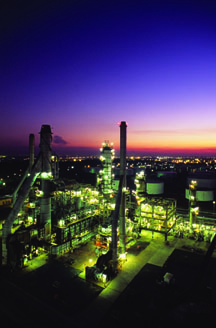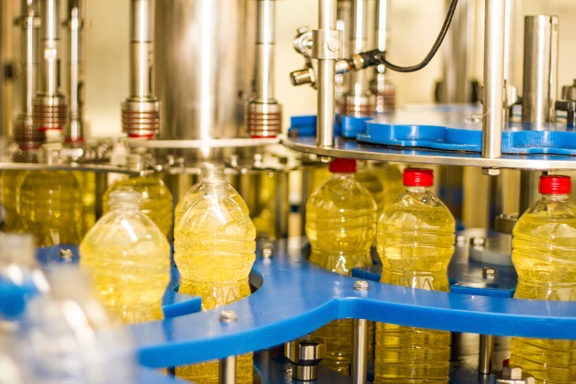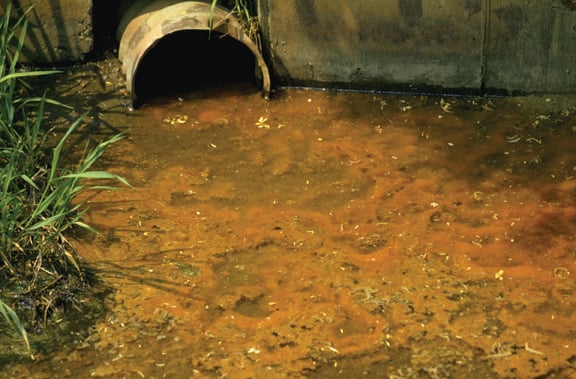If you’ve never heard of lichen, you’re probably not alone. Lichen is a combination of two organisms,” and “Most of lichen is composed of fungal filaments, but living among the filaments are algal cells, usually from green algae or cyanobacterium.”[i] According to experts, there are more than 1,250 species of lichens in North America. In fact, a scientist from the University of Colorado Boulder discovered two new species in June 2015 while doing research in Boulder.
One of the main reasons that anyone should care about lichens is their ability to absorb trace elements from the environment. Because they are spread out around the world, their ability to absorb elements such as mercury provides a potential model for mercury contamination in a micro-ecosystem modeling system. Lichens are dependent on the atmosphere for their nutrients, making them susceptible to airborne and waterborne pollutants.
Read More










